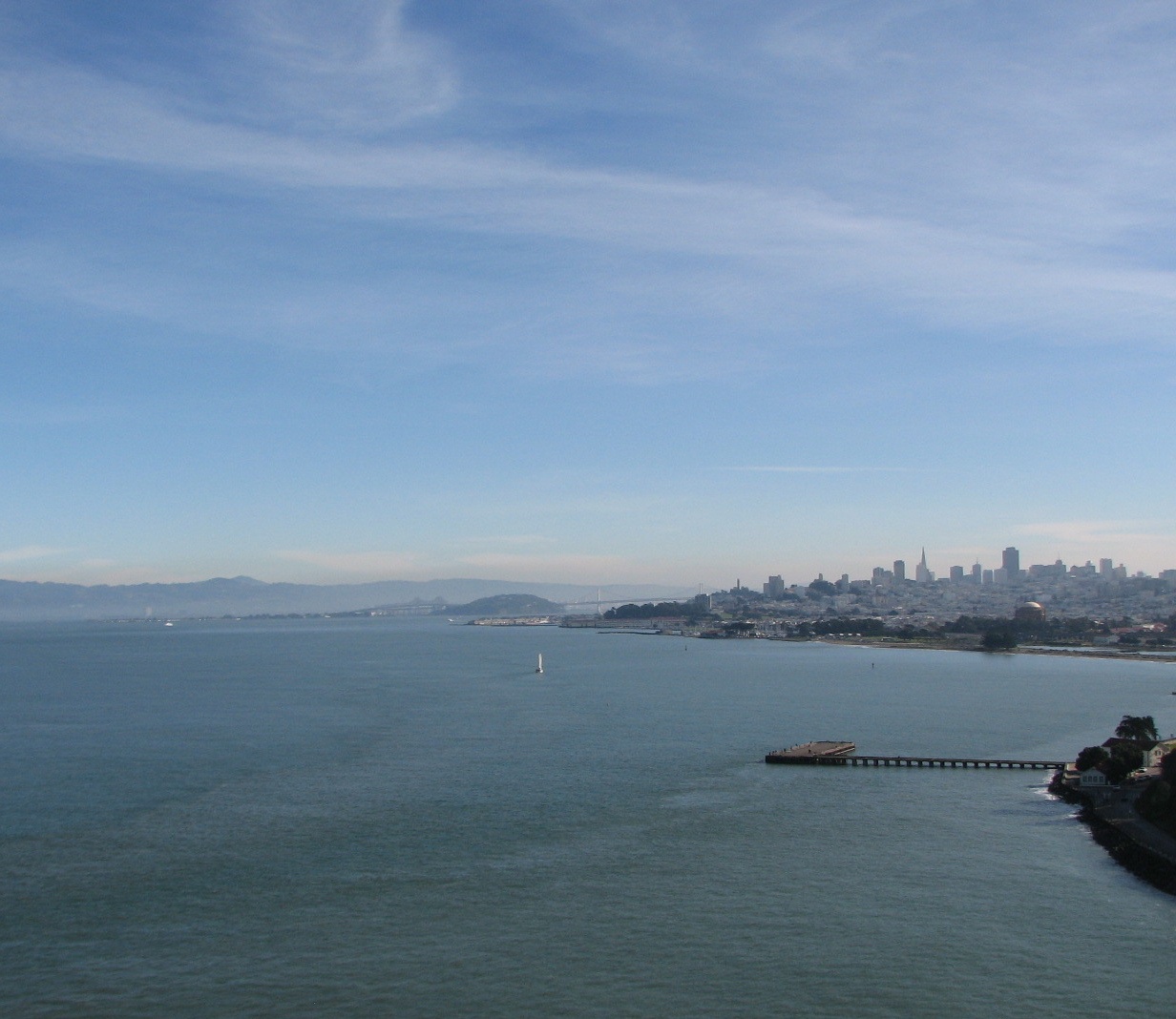
Have you ever looked up at the sky and wondered where clouds come from? Sure, they can form a huge range of different shapes and sizes, but why are they here? Don’t they just block the sunlight on a summer’s day and ruin our holidays with constant showers? The answer is more surprising than you might expect!
We know the ‘air’ we breathe is made of the gases Oxygen, Nitrogen and Carbon Dioxide, to name but a few, but this is only part of the story. Clouds are made of water, aren’t they? Technically yes they are, but not in the form of a gas, even if they do look like it at times (figure 1). Water vapour, that is water in the form of a gas, is another important gas in the atmosphere and is required for clouds to form.
Take an imaginary box of air and let it rise from the ground. As a parcel of air rises in the atmosphere it cools. As the temperature in this parcel drops it becomes less able for the water to remain as a gas, it wants to condense to form a liquid droplet. At a certain height, this parcel of air will become ‘saturated’ with respect to water vapour. When something is saturated with a substance, it can no longer hold any more of it stably.
In the atmosphere, however, it is impossible for water vapour to condense to form liquid droplets without a little help. It needs something to condense on. As it turns out, the atmosphere is full of tiny particles we call ‘aerosol particles’. You have probably heard the term ‘aerosol’ before and instantly think of deodorant. This is in fact, referring to the creation of tiny particles from a gas, aerosol particles.
The aerosol particles we find in the atmosphere have numerous sources and can cover size ranges from ~1/1’000 of a millimeter to ~1/1’000’000 of millimeter! To put this into context, we can barely see objects as small as 1/10 of a millimeter with our own eyes. So even the largest aerosols are nearly 100 times smaller than this!
The smallest particles can form from the condensation of gases emitted from trees or even a car exhaust, for example. The larger particles can arise from the wind blowing across a desert or even sea salt particles torn from a breaking wave. The chemical compounds found within these particles depend on where they came from and how long they have remained in the atmosphere.
Along with its size, this also changes how easily they allow water to condense onto them and act as cloud droplets. The important point to remember is that aerosol particles are everywhere and without them, we would not have clouds at all.
As you are reading this, imagine where the particles surrounding you might have come from. Are you near to a lot of traffic or maybe a forest? Do you live near a coastline?
So now we know roughly why clouds form, but who cares?
As well as playing a role in the water cycle on earth, clouds are very important in regulating our climate.
The earth sits in the path of a lot of radiation from the Sun. The energy from this radiation drives our weather systems; it allows the earth to be habitable for human beings. The atmosphere itself is very important in protecting us from the harmful radiation while regulating the temperature such that we are able to live on this planet.
Clouds influence this regulation by reflecting radiation back toward space. This can lower the temperature we feel on the surface. On the other hand, have you ever noticed a clear night can be colder than a cloudy night? This is because clouds can reflect the outgoing radiation from the surface back toward us, retaining heat.
The ability to predict how clouds form and how they change the amount of radiation reaching the planet’s surface is currently one of the largest uncertainties in climate change. So if how we live our lives changes how many particles exist in the atmosphere, and what their chemical makeup is, we can indirectly change the behaviour of clouds and therefore our climate. Next time you look at a cloud, think about where the particles came from to enable it to form.



